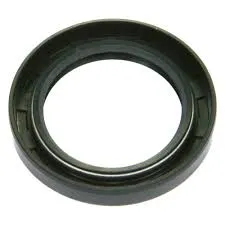Natural gas is primarily composed of methane, but it often contains various impurities such as water vapor, hydrogen sulfide, carbon dioxide, and particulate matter. These impurities can lead to corrosion, reduced efficiency, and even catastrophic failures in pipelines and equipment. Therefore, implementing robust filtration systems is essential to remove these contaminants and maintain the integrity of the gas supply chain.


